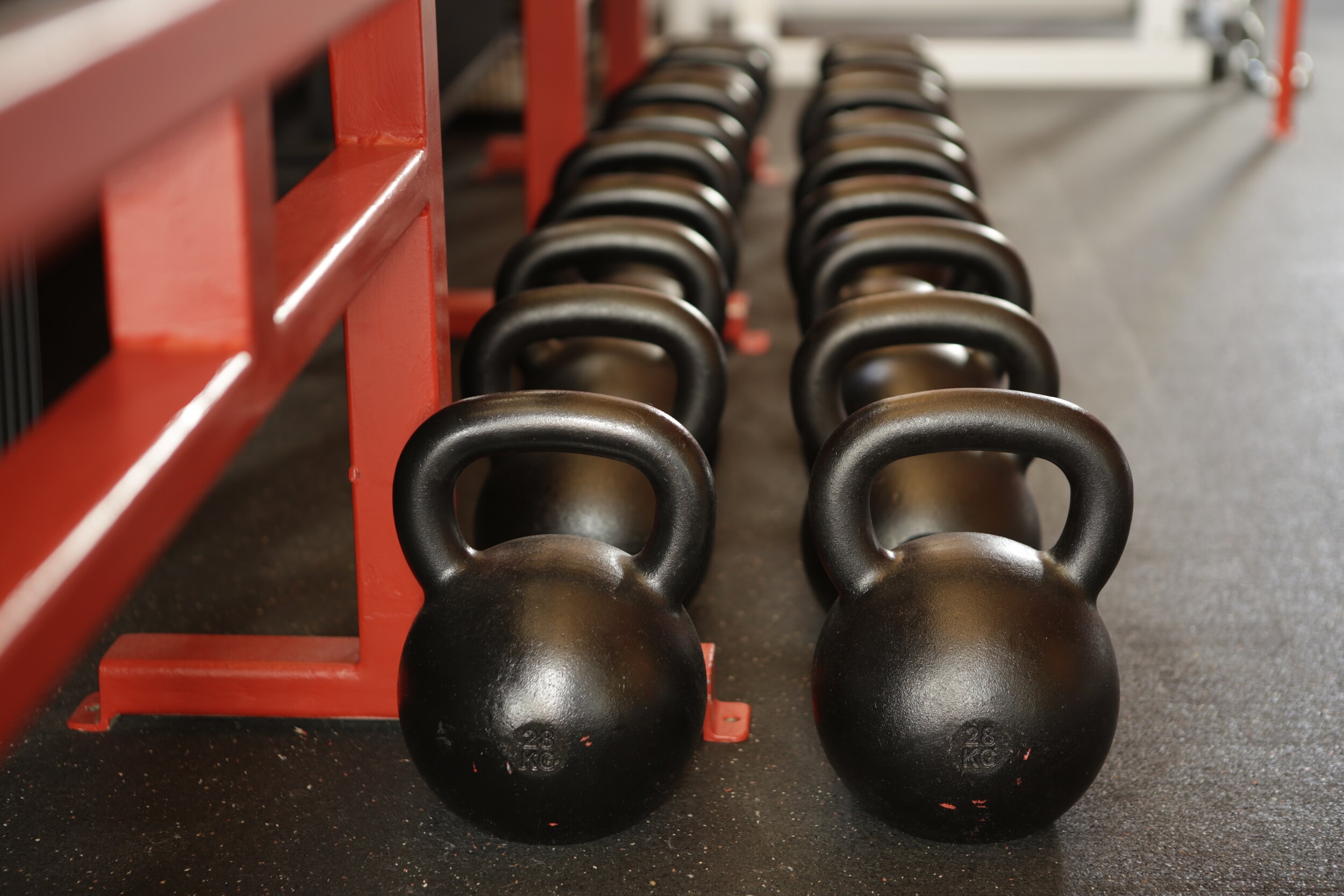Strength and muscle hypertrophy (growth) are two separate benefits of strength training. In some participants these occur together, but in other participants (age, sex, training status, nutrition) strength gains often occur without significant increases in muscle size. This is an important point for individuals who refrain from weight training due to fear of “bulking up” (females, older adults) or increasing their body mass which they feel will be a detriment to their sport (cyclists and distance runners). In turn, these participants and athletes performing strength training are focused on the strength, function, health, and performance benefits of the exercises and not necessarily muscle size gains. A new study reports less time is required than originally thought to reach these strength gains.
A smart study was conducted in the journal of Medicine and Science in Sports and Exercise to determine the impact of exercise volume (reps, sets, weight, frequency) on strength and muscle hypertrophy gains (Schoenfeld et al. 2019) . Authors randomized 34 healthy, trained individuals to one of three training groups for 8 weeks. All weights were selected to produce muscle failure at 8 to 12 repetitions (intensity was the key).
Low Volume – 1 set per exercise per training session 3x/week x 8 weeks. Total Time 13 minutes/session
Moderate volume – 3 sets per exercise per training session 3x/week x 8 weeks. Total Time 40 minutes/session
High Volume – 5 sets per exercise per training session 3x/week x 8 weeks. Total Time 70 minutes/session
Authors assessed both maximum strength and muscle size using ultrasound before and after the study’s 8 week training programs. They reported all participants became stronger with the training program, but they found no significant differences between groups. Conversely, the higher volume groups gained more muscle mass than lower volume groups.
To gain strength shorter time commitments are beneficial but for muscle hypertrophy exercise volume matters.

